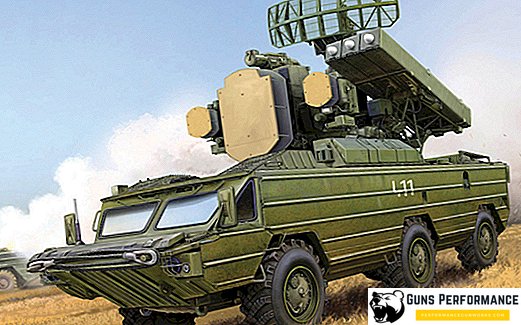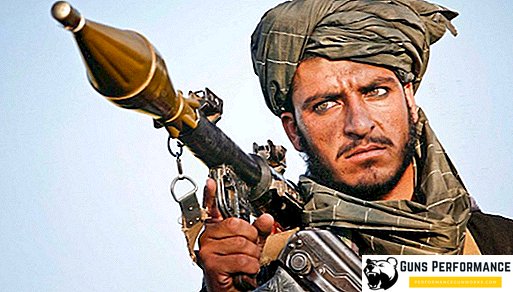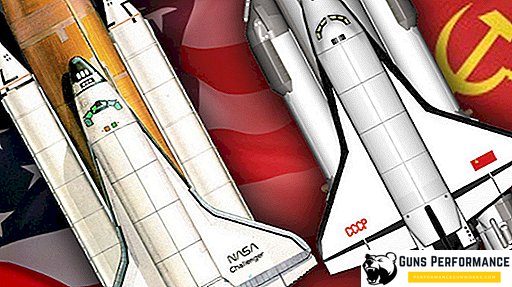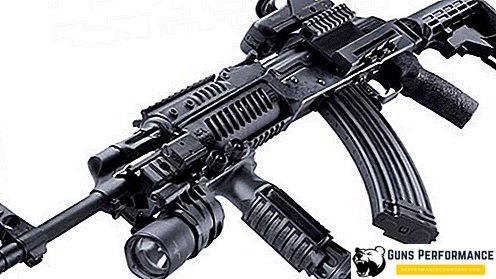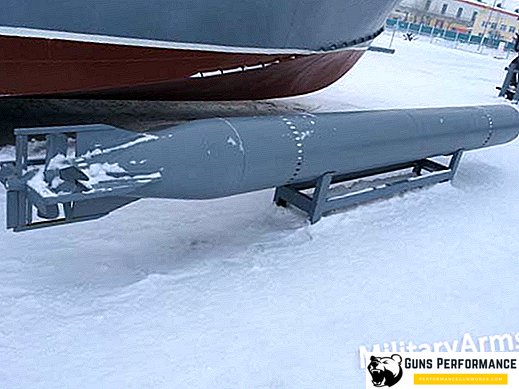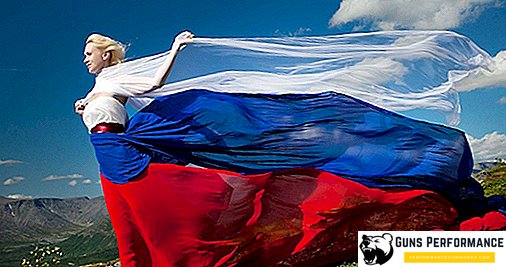
On August 22, 1991, a tricolor Russian flag was raised for the first time over the White House in Moscow, which soon replaced the Soviet red flag with a sickle and a hammer as the main state symbol. Two years later, in December 1993, the tricolor was officially approved. Thus, the three hundred year tradition of using one of the main state symbols of Russia, which dates back to the XVII century, since the reign of Tsar Alexei Mikhailovich, was restored.
In honor of this event in 1994 a new official holiday was established - the Flag Day of Russia, it is celebrated annually on August 22.
The current state flag of Russia appeared more than three hundred years ago in the period of transformation of our country from a backward outlying principality into a powerful European empire.
The national flag of Russia is a rectangular panel consisting of three horizontal stripes of equal size. The top flag is white, the middle one is blue, and the bottom one is red. The ratio of the width and length of the cloth is 2: 3.

Along with the national anthem and coat of arms, the Russian flag is the official symbol of our country.
What do the colors of the flag of Russia mean? What is its story, why was this color combination chosen? Did the usual for all of us have a tricolor? Who stood at the origins of the birth of the main symbol of Russian statehood?
Flag history
Man has long used various flags, banners, banners. Initially they served for military and ceremonial purposes. During the battle, the warriors were guided by a banner, and its fall caused confusion in the army, so the best warriors were attracted to protect the military banner. Often it was near the flags that the hottest battles began.
In ancient times, the flag could be a long pole with a wedge of bright fabric fixed at the top or a bundle of horsehair. The fabric often depicted the coat of arms of the commander, for example, in Kievan Rus it could be the coat of arms of the Rurikovich family - a bident or a trident.

However, by the XI-XII century flags are increasingly turning into symbols of state or feudal power, denoting rulers or their possession.
Curiously, the word “banner” was not used at all in ancient times in Russia. The flags were called "flags" for under them "army". The name "banner" appeared after Christian symbols were depicted on the flags: the faces of Christ, St. George or the Virgin Mary. The banner comes from the word "sign."
In Russia, the traditional color of military banners was red ("scarlet") or black, although there were flags and other colors. Dmitry Donskoy led the squad on Kulikovo Field under the banner of black.

Ivan the Terrible led his troops to the storming of Kazan under the banner, which the chroniclers called "the Most Gracious Savior." It depicted the image of Jesus Christ, later this banner was accompanied by Russian troops in the Crimean campaign, as well as during the Northern War, already under the emperor Peter I.
No less famous is the so-called Great Banner of Ivan the Terrible. It depicted St. Michael on a horse, and on the slope of the banner - the image of Jesus Christ. Religious motifs were also present on the flags of the militia of Kozma Minin and Dmitry Pozharsky, who managed to get rid of foreign invaders from the Russian land during the Time of Troubles.

On the coat of arms of Emperor Peter I was depicted a two-headed eagle soaring over the sea, as well as images of Christ, the Holy Spirit and the apostles. It is this emperor who is considered the “father” of the modern state flag of the Russian Federation, although the tricolor appeared somewhat earlier, in the reign of Father Peter, Tsar Alexei Mikhailovich. And I must say that the history of the appearance of the white-blue-red flag is quite foggy and mysterious.

Until Alexei Mikhailovich, the Russian state did not have an official national flag. The troops in the campaign and in the battle used a variety of traditional symbols: banners, horsetails, banners with Orthodox images. This continued until 1668, when the first warship called the Eagle was built in Russia. He needed a flag.
The Dutch, who led the construction of the vessel, appealed to the king with a proposal to raise the flag on the ship, "... because there is a custom like this in other countries." In order for the king to understand this important issue, a special report was prepared for him, in which the state flags of the European states of that time, as well as symbols of the tribes of Israel from the Bible, were presented.

We do not know exactly what the first Russian tricolor looked like, but we know from what materials it was made. For the manufacture of ship flags, the imported fabric was used in red, blue and white, and eagles were embroidered on the ready-made banners. Unfortunately, more information about the flags that were raised on the "Eagle", we have not kept history. We do not know how the bands were located on them, on this account historians have several theories:
- According to one version, there was a straight blue cross on the flag, which divided the cloth into four squares. Two of them were red and two were white. There is an engraving "The Taking of Azov" by the Dutch painter Adrian Schonebeck, where you can see precisely such flags on the ships of the Russian squadron;
- There is another hypothesis, which is based on the fact that the construction of the ship "Eagle", as well as the manufacture of the flag for him were the Dutch. Taking into account this fact, we can assume that the first Russian flag was similar to the Dutch one and consisted of three horizontal stripes, white, blue and red. Most likely, in the center of the banner was an image of a golden double-headed eagle. This follows from the royal decree;
- According to the third version, the flag of the ship "Eagle" consisted of three horizontal stripes, and the white strip was in the middle of the cloth. Preserved Dutch engraving van der Aa, which depicts the "Eagle" on the roadstead in Nizhny Novgorod. It was printed in the book "The Wandering of Jan Struys", which is believed to have been a ship's carpenter on the "Eagle".
There are references to the Russian flags lost during the Battle of Narva. They also had a white-blue-red color scheme and an image of a two-headed eagle in the middle.
Flag of Russia from Peter until 1917
Despite the fact that the white-blue-red tricolor first appeared during the reign of Alexei Mikhailovich, the true father of the flag is undoubtedly Peter I. This reforming emperor loved everything Western and European, so he quickly abandoned traditional banners with Orthodox characters. They were replaced by a tricolor flag modeled on those used then in enlightened Europe.
In 1693, the white-blue-red flag was raised on the yacht "Saint Peter", on which Perth Alekseevich sailed on the White Sea. In the center of this banner there was a golden double-headed eagle. This banner has reached our days, and today it can be seen in the Central Naval Museum, which is located in St. Petersburg.

In 1694, a 44-gun frigate was built in Holland for the Russian Tsar. It was mentioned in the Dutch newspapers of that time that a white-blue-red banner was raised on the ship. Under the same flags, the Great Russian Embassy in 1697 drove into Europe. In 1699, in instructions to the Russian envoy in Istanbul, Peter I drew a sketch of the tricolor flag with his own hand. In 1705, a royal decree appeared, in which the white-blue-red flag was approved by the official trade flag of Russia, it should be used on all merchant ships of the country. Peter I with his hand drew a sample of the banner and determined the location of the color bars on it.
There is the so-called land standard of Peter I, which at the beginning of the last century was discovered in Stockholm in the tomb of the Swedish kings. It also has a tricolor design with an eagle in the middle. It is believed that this flag was captured by the Swedes near Narva.
In 1742, for the upcoming coronation of Empress Elizabeth, a new state banner was created. It was a yellow cloth on which a black double-headed eagle was placed. Around him were oval shields (31 pieces) with emblems of lands belonging to the Russian crown. This is how the black-yellow-white flag, often called the imperial flag, appeared. He was in use along with white-blue-red. The imperial flag was especially popular after the Patriotic War of 1812.

In 1858, this flag was practically adopted as a state. However, this situation did not last long, as early as in 1883, before the coronation of Alexander III, a decree was issued, according to which it was possible to decorate buildings only with white, blue and red flags. The discussion on the national flag continued during the reign of the last Russian emperor, Nicholas II. He created a special commission that dealt with this issue. In 1896, its members concluded that the white-blue-red flag is more suitable for the role of the main state symbol. A few years later it was approved as the national flag of Russia.
However, the public discussion continued, and in order to finally dot the i, in 1914 a new circular of the Russian flag was adopted by a special circular of the Ministry of the Interior. It was a standard tricolor, in the upper corner of which was a yellow square with a black two-headed imperial eagle. Apparently, the authorities wanted to find a certain compromise with such a decision, but this banner was not officially recognized as the state flag. Soon the First World War began, and it was not up to the flags.

The February Revolution left a white-blue-red flag as the national symbol of the state. The Provisional Government decided to postpone the issue of the national flag, anthem and coat of arms until the Constituent Assembly was convened. However, he was not destined to take place.
The newest history of the Russian flag
During the Civil War, the white-blue-red flag was a symbol of the White movement, while the Bolsheviks used the red flag. After their victory, the red flag became the official symbol of the new federal state - the USSR. The Russian tricolor for decades has become a symbol of emigre organizations. During the Second World War, it was used by Russian units who fought on the side of Nazi Germany.
In the Soviet period, the white-blue-red flag was under tacit prohibition, but its history is not over. In the late 80s, this banner was used by national-patriotic and democratic organizations. Very soon it turned into a recognizable symbol of the anti-Soviet opposition. For the first time, the Russian tricolor was officially raised on August 22 over the White House. On the same day, the white-blue-red flag was recognized as the official symbol of the Russian Federation.

Value
Although it may seem strange, but today there is no official interpretation of the colors of the national flag of Russia. At the same time there are many informal interpretations. According to the most popular of them, the white color of the flag means nobility and sincerity, blue - honesty, loyalty and chastity, and red - courage and generosity.
There is another hypothesis which is connected with the idea of the "trinity" of the Russian people. According to her, white color means White Russia (Belarus), blue - Little Russia (Ukraine), and red - Great Russia (Russia).
However, from the point of view of professional heraldists, the above interpretations are rather emotional and lyrical.
History knows other attempts to explain the colors of the Russian flag. For example, the commission created by Nicholas II, explained the color scheme of the flag by its proximity to folk taste and traditions. According to the tsarist officials, red and blue colors are most often used in national costumes of Russians, Ukrainians and Belarusians - which means they are close to them. Well, the white color symbolizes the harsh Russian winter, which comes to the country for almost six months.



